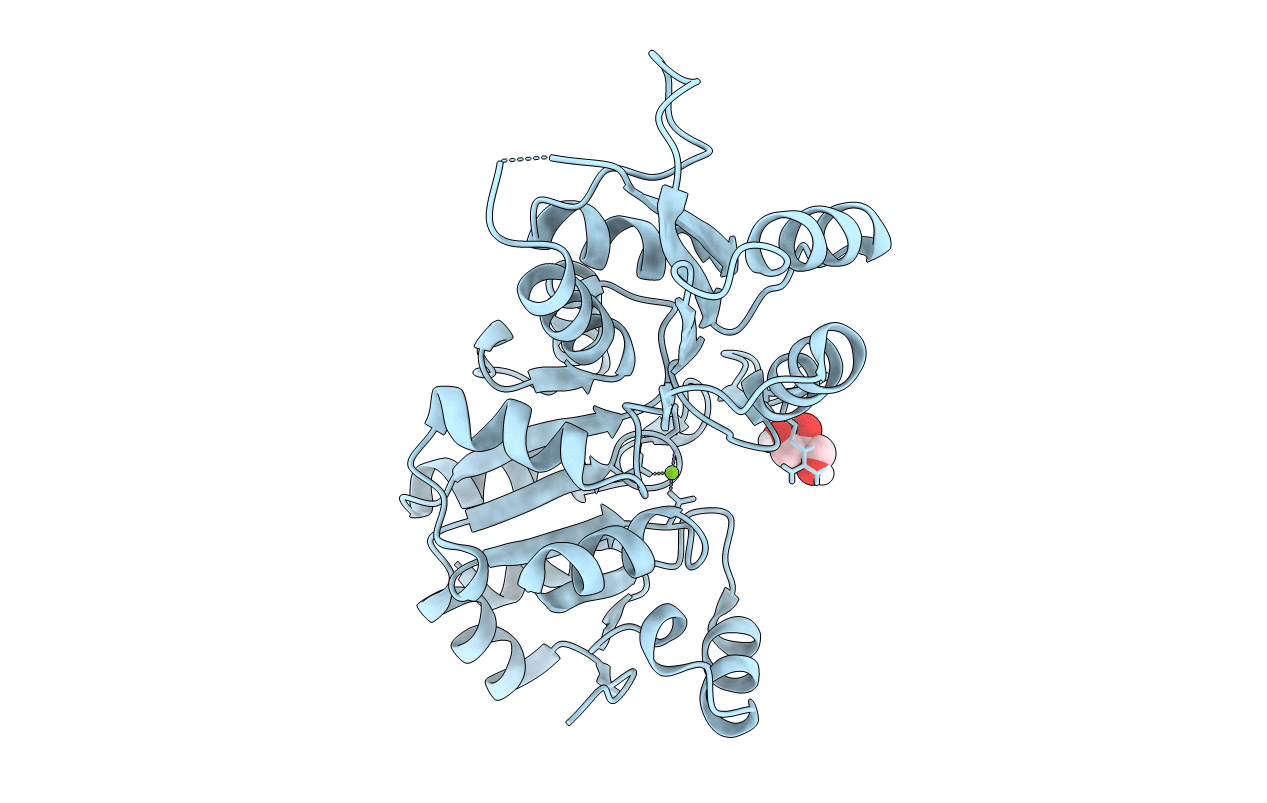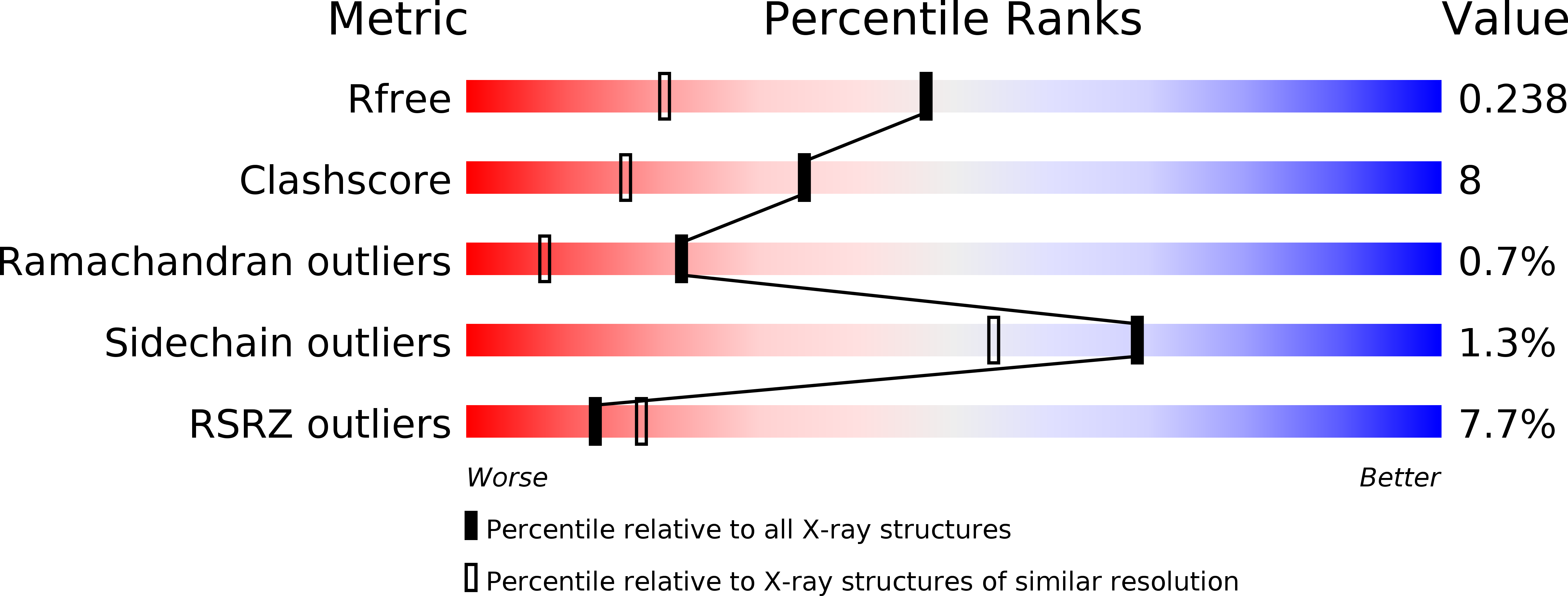
Deposition Date
2013-07-08
Release Date
2013-12-25
Last Version Date
2024-11-13
Entry Detail
PDB ID:
4BX0
Keywords:
Title:
Crystal Structure of a Monomeric Variant of murine Chronophin (Pyridoxal Phosphate phosphatase)
Biological Source:
Source Organism:
MUS MUSCULUS (Taxon ID: 10090)
Host Organism:
Method Details:
Experimental Method:
Resolution:
1.75 Å
R-Value Free:
0.23
R-Value Work:
0.19
R-Value Observed:
0.19
Space Group:
P 1 21 1


